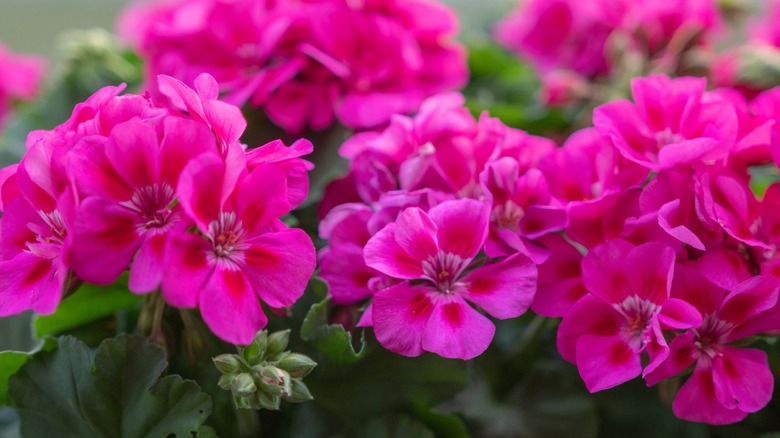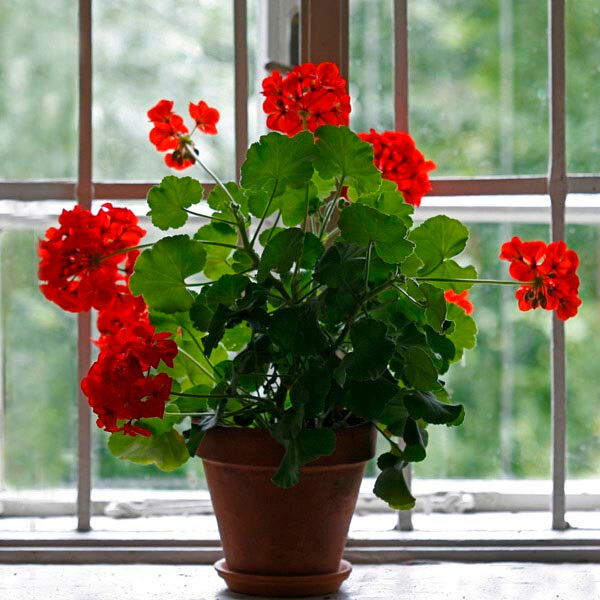Geraniums Indoor or Outdoor Plants: Expert Insights for Optimal Growth

The first time I tried to keep a geranium alive, I was convinced it didn’t actually matter whether it lived inside or out—just stick it in dirt, water occasionally, and the cheerful blooms would do their thing. Fast-forward to a crispy brown skeleton by July and me sheepishly asking a neighbor why her porch pots looked like they’d just won “Best in Show.” That’s when I realized: geraniums are adaptable, yes, but the real secret is knowing how to help them transition between indoor coziness and outdoor sunshine—and when each setting gives you an edge.

Let’s cut through the generic advice and get into what actually works (and what doesn’t) from someone who’s killed more geraniums than most people have owned.
The Real Reason Geraniums Survive Almost Anywhere
Geraniums aren’t fussy—they’re survivors. But here’s something you rarely hear: adaptability comes at a cost. If you treat them as pure outdoor annuals, you’ll get lush growth fast… until the first cold snap turns your plant into mush. Indoors, they won’t die easily; instead, they sulk—dropping leaves or stretching toward any hint of sun like a desperate houseplant on its last leg.
I learned quickly that “indoor vs. outdoor” isn’t a permanent label for geraniums—it’s seasonal strategy. In my experience, those who treat geraniums as migratory guests (outdoors spring-summer; indoors fall-winter) see healthier plants year after year.
My Insider Checklist for Deciding Where Your Geranium Belongs
1. Sunlight: Don’t Trust Your Eyes—Test It
I used to eyeball my windows and guess which one was brightest. Mistake! Invest $10 in a cheap light meter (like Dr.Meter LX1330B). South-facing windows should hit at least 3,000 lux midday for decent flowering indoors—anything less and your plant will stretch thin.
2. Nighttime Temperatures: The Unseen Killer
A hard lesson from 2019—an unexpected frost snapped every tender stem outside while my neighbor’s transplants inside were untouched. Anything below 50°F (10°C) is risky for pelargoniums (the common “geranium”). I set an auto-alert on my phone every October 1st now: if lows are predicted under 50°F that week, all geraniums come inside.
3. Airflow: The Silent Disease Preventer
Ever noticed fuzzy white mildew or yellow splotches? That’s poor air circulation talking. Outdoors gets natural wind; indoors needs help. I run a small USB-powered fan ($15 on Amazon) near my window plants—not blowing directly but oscillating gently nearby—which cut down leaf mold incidents by half last winter.
4. Watering Habits: Location Changes Everything
Outdoors in summer heat? Sometimes daily watering is needed—use a moisture meter (I like the XLUX T10). Indoors over winter? Once every two weeks can be plenty.
My fail-proof check: stick your finger two inches deep—not just one—and if it’s dry down there too, water thoroughly until liquid runs out the drainage holes.
What No One Tells You About “Transition Shock”
Moving geraniums inside/outside isn’t always seamless. My worst attempt involved bringing pots straight from sun-baked patio into chilly living room overnight; leaves dropped en masse within days.
The fix? Acclimate gradually:
- Over one week in spring/fall, move them between environments for increasing hours each day.
- Avoid direct sunlight through glass indoors at first—it can scorch leaves surprisingly fast.
Three True Stories From My Own Trials
The Office Window Rescue
Back when I worked long hours downtown, I brought a sad-looking supermarket geranium to my desk—a north-facing window with weak light even at noon.
Result? It survived but never bloomed—until I splurged on an LED grow lamp (GE Grow Light Bulb). Six weeks later: buds everywhere and coworkers asking for cuttings! Lesson learned: without real sunlight or artificial supplement, don’t expect flowers inside.
Porch Pot Perfection—with Built-In Insurance
In suburbia, I met Mrs. Hanson—a retiree with fifty (!) potted geraniums lining her steps each summer.
Her secret? Every September she’d take stem cuttings (“insurance clones”), root them in water on her kitchen sill, then pot up survivors for winter windowsills while letting mother plants go dormant in the garage above freezing (never below 40°F/4°C). Her success rate saving varieties through cold months was nearly 90%.
The Forgetful Waterer Workaround
After losing too many porch plants during vacation trips, I started using self-watering planters outdoors (Lechuza models are pricey but bombproof). For indoor windowsill specimens during dry seasons, I anchor a wine bottle filled with water upside-down as an emergency backup—it only cost me embarrassment once when a friend thought the plant had taken up drinking!
Diagnosing Problems Like an Old Pro
- Leggy Plants Indoors: Not enough light or overcrowding by curtains/furniture blocking airflow.
- Yellow Lower Leaves: Almost always overwatering indoors—or roots sitting in old soggy soil outdoors after heavy rain.
- No Blooms Outside: Watch midday shade patterns; sometimes trees leaf out midseason and suddenly rob your pots of sun they had earlier.
- Sticky Residue/White Bugs: Aphids love indoor warmth; wipe with diluted Dr. Bronner’s soap solution weekly during winter months as prevention.
Pro tip from years of mistakes: never use saucers under outdoor pots unless you tip excess water after storms—you’ll avoid root rot disasters that way!
The Real “Why” Behind All This Fuss
It took me too long to realize: growing geraniums well isn’t about following rigid rules—it’s about learning how these tough-but-sensitive plants respond to your unique space over time.
Every season brings surprises—a freak hailstorm here, unseasonably hot autumn there—and only experience teaches which tricks save the day before disaster hits again next year.
If you remember nothing else:
- Treat indoor/outdoor as flexible zones,
- Track sun exposure with real tools,
- Respect temperature swings,
- And use failures as data points rather than demotivators…
You’ll soon find yourself not just keeping geraniums alive—but showing off jaw-dropping blooms both inside and out while neighbors ask how you make it look so easy.
Go ahead—move that pot around till you find its sweet spot this season! Trust me—the best lessons come from watching what happens next time you try something new with these forgiving friends.



